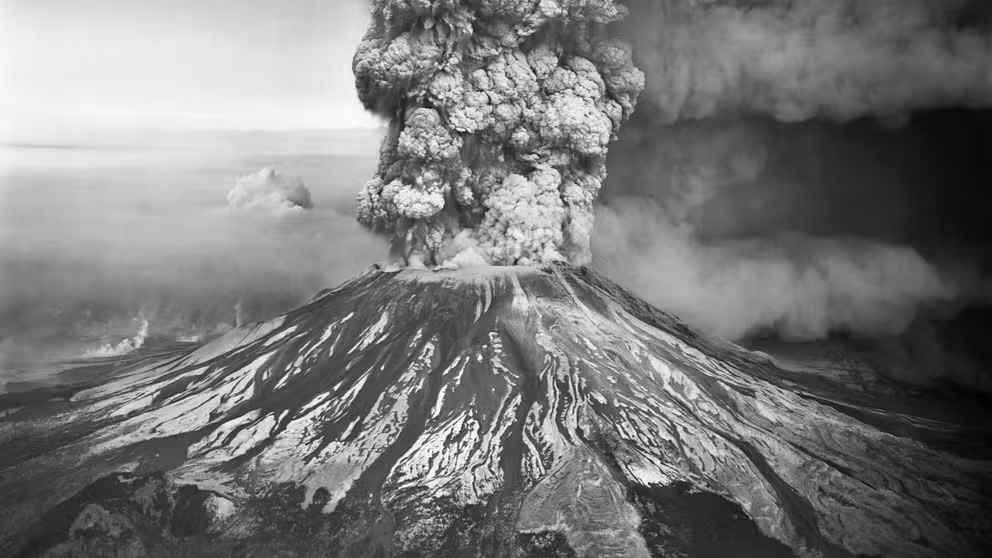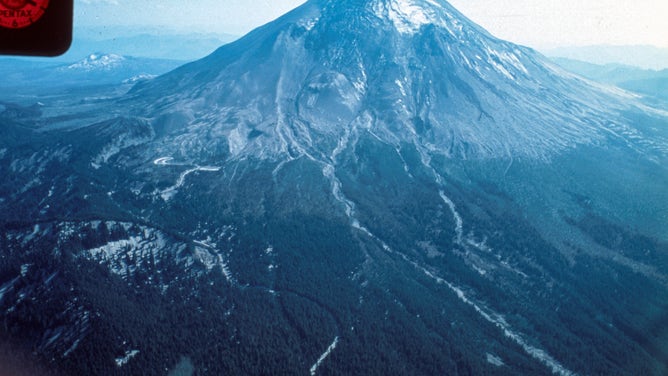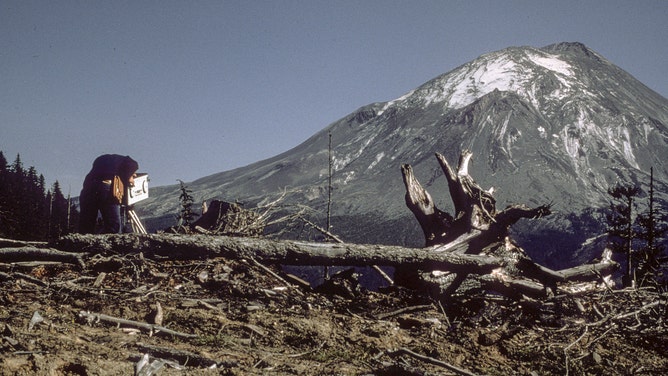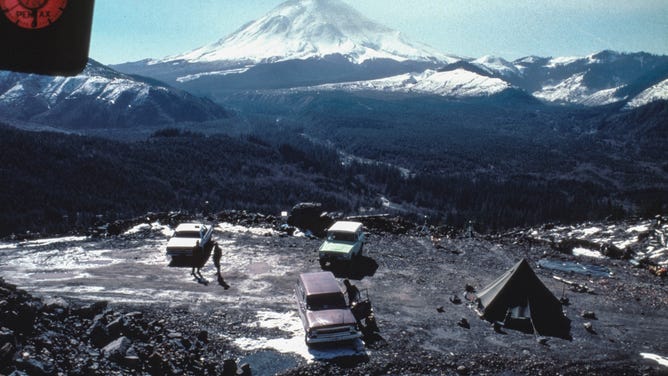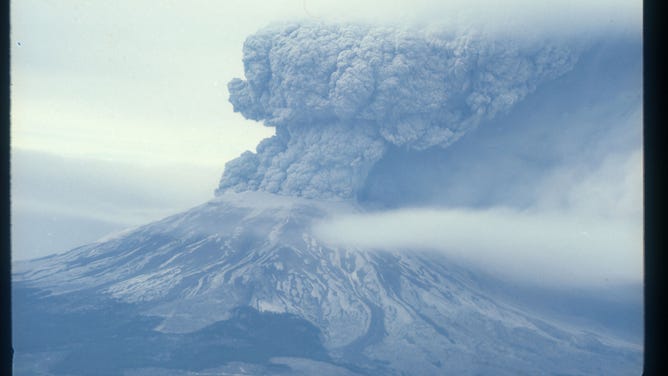Researchers find gophers responsible for recovery of Mount St. Helens ecosystem
According to Washington wildlife officials, pocket gophers get their name from their fur-lined pouches. The rodents only eat vegetation as they dig underground. Biologists estimate that one pocket gopher can move the equivalent of a ton of soil per year.
Mount St. Helens: Watch how the worst volcano eruption in US history happened
A look back at the catastrophic 1980 eruption of Mount St. Helens in Washington—the most devastating volcanic eruption in U.S. history—and the events leading up to it.
MOUNT ST. HELENS, Wash. – Researchers studying the aftermath of the massive eruption that led to the widespread destruction of ecosystems around Mount St. Helens in 1980 believe a particular species of animal has aided in the area’s recovery.
University researchers found that pocket gophers, typically regarded as nuisances, played an essential role in aiding with plant regeneration in the landslide and eruption zones.
Biologists estimate that one pocket gopher can move the equivalent of a ton of soil per year, which helped bring beneficial bacteria and fungi that survived the eruption closer to the surface.
"We further hypothesized that the presence of animal dispersal vectors, such as the pocket gophers, will influence mycorrhizal guilds, community composition, and soil biogeochemical processes because of preferential foraging and other behaviors, including bioturbation, elimination (e.g., fecal deposits), and soil translocation," researchers stated.
MOUNT ST. HELENS ERUPTED 44 YEARS AGO: HERE’S HOW IT UNFOLDED
The improvements to the landscape are no accident as scientists dropped gophers onto parts of the mountain after the eruption in order to study their impacts.
In an area of land that was clearcut before the eruption and void of most animals and vegetation, the ecosystem still appears to be struggling more than four decades after the event.
"Ecologists are increasingly finding evidence that land use changes and forest management strategies could affect the long-term structure, functioning, and resilience of managed ecosystems," study authors stated.
By comparing the recovery in the clear-cut area to more intact forests, the study suggested that areas that were impacted by human activities may require additional interventions to restore their soil and nutrients.

Portrait of a gopher in the standing position.
(Photo by John Greim/LightRocket via Getty Images)
According to the United States Geological Survey, the stratovolcano will likely erupt again, but not anytime soon.
The mountain is exhibiting normal levels of activity, with no signs of an imminent eruption.
The Pacific Northwest Seismic Network reported more than 350 earthquakes have occurred since Feb. 1, 2024, but these levels fall well within the volcano’s normal range of seismic activity.
According to volcanologists, large avalanches and widespread explosions are unlikely to accompany a future eruption because of a deep crater that formed during the previous event.
The United States is home to nearly 170 of the 1,350 volcanoes that are considered to be active across the world.
Remembering the devastating eruption of Mt. St. Helens 42 years ago today
Mt. St. Helens' eruption in Washington on May 18, 1980 is the worst volcanic eruption in U.S. history, killing 57 people and spewing 520 million tons of ash across the U.S.
